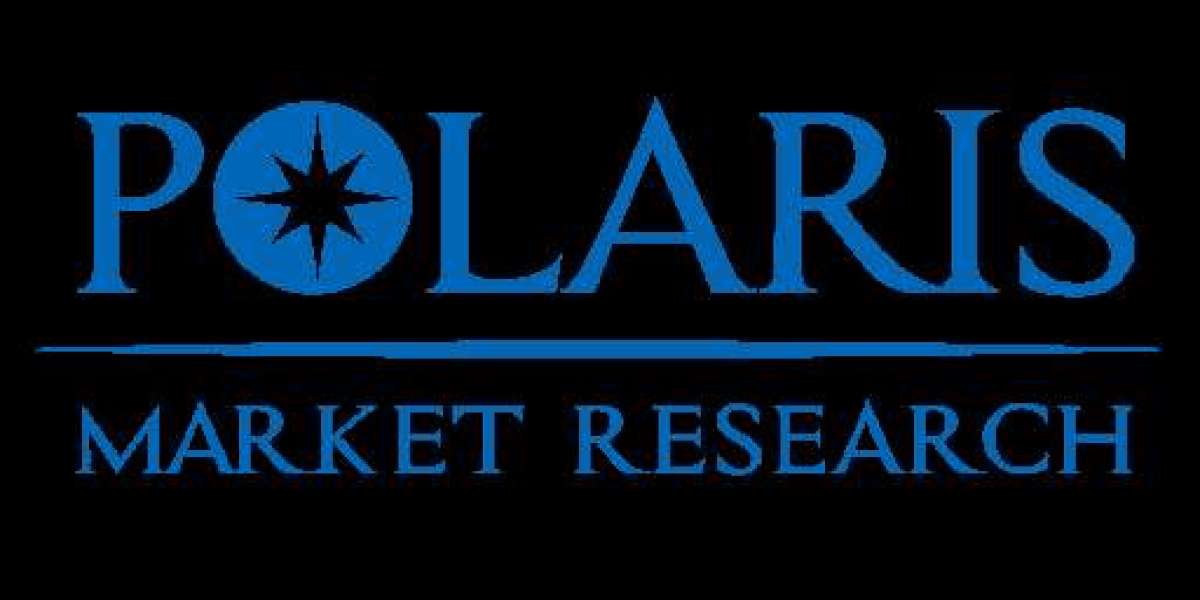The U.S. intelligent building automation technologies market, valued at USD 28.90 billion in 2024, is projected to grow at a compound annual growth rate of 10.14% from 2025 to 2034, driven by the convergence of energy efficiency mandates, workforce safety demands, and digital transformation in commercial real estate. These technologies—encompassing building management systems (BMS), smart HVAC controls, lighting automation, access control, and integrated IoT platforms—enable real-time monitoring, predictive maintenance, and optimized energy use across office buildings, healthcare facilities, data centers, and mixed-use developments. While the U.S. leads in deployment scale and technological sophistication, the global market’s evolution is shaped by stark regional contrasts in regulatory frameworks, infrastructure maturity, and economic priorities. North America, particularly the United States, benefits from a mature commercial real estate sector, strong capital markets, and federal incentives such as the Inflation Reduction Act’s (IRA) tax credits for energy-efficient commercial buildings (45L and 179D), which can reduce project costs by up to 30%. The U.S. General Services Administration (GSA) has mandated that all federal buildings achieve net-zero emissions by 2045, accelerating public-sector adoption of intelligent automation systems.
Europe presents a more regulated and sustainability-driven landscape, where the EU’s Energy Performance of Buildings Directive (EPBD) and Energy Efficiency Directive (EED) require all new public buildings to be nearly zero-energy by 2028 and mandate retrofitting of existing structures. Countries like Germany, France, and the Netherlands are leading in BMS integration, with KNX and BACnet protocols ensuring interoperability across vendors. The European Green Deal’s emphasis on decarbonizing the building sector—responsible for 40% of EU energy consumption—has spurred demand for AI-driven energy optimization platforms that dynamically adjust HVAC and lighting based on occupancy and weather forecasts. Cross-border supply chains for sensors, controllers, and edge computing hardware are well-established within the EU, benefiting from harmonized CE marking and robust industrial IoT ecosystems in Bavaria, Baden-Württemberg, and the Benelux region. However, geopolitical instability and energy volatility since the Ukraine conflict have prompted a reevaluation of digital infrastructure resilience, with increased investment in on-premise data processing and cybersecurity-hardened systems.
A key restraint across all regions is cybersecurity risk. As building systems become more connected, they are increasingly vulnerable to ransomware and network intrusions, particularly in legacy BMS installations lacking encryption or firmware updates. Additionally, skilled labor shortages in controls engineering and cybersecurity hinder deployment and maintenance. Interoperability remains a challenge, with proprietary protocols limiting data exchange between subsystems.
The competitive landscape is dominated by diversified industrial and technology leaders with deep integration capabilities.
- Johnson Controls International
- Siemens Smart Infrastructure
- Honeywell International Inc.
- Schneider Electric
- Emerson Electric Co.
- ABB Ltd.
- Carrier Global Corporation
- Lennox International Inc.
More Trending Latest Reports By Polaris Market Research:
Playout Automation & Channel-in-a-Box Market
Lavatory Service Vehicles Market








